History of Olympus: From Precision Optics to Iconic Cameras
Cameras are the essential tools for capturing memories, moments, and artistic expressions. Among the numerous brands in the market, Olympus holds a unique position. Olympus is a name that resonates with history, innovation, and quality. This Japanese multinational corporation, known for its precision instruments and cameras, has a rich history that extends beyond a century.
Let's take a look the intriguing history of Olympus, its key milestones, its contributions to the world of photography, and how it has shaped and continues to shape the way we capture the world around us. Whether you are a practicing photographer, a camera enthusiast, or simply someone interested in the history of technology and innovation, this journey through Olympus's past and present is sure to pique your interest.
The Founding and Early Years (1919-1950s)
Founding of Olympus Optical Co., Ltd. (1919)
In the wake of World War I, the world witnessed a wave of technological advancements. Among them was the founding of Olympus Optical Co., Ltd. in 1919. The birth of Olympus marked an important milestone in the history of the photography industry. However, the initial focus of the company was not on camera production, but rather on the development of microscope and optical instruments. This laid the foundation for the technical expertise that would become a hallmark of Olympus cameras.
Early Focus on Microscope and Optical Instruments
Olympus was born in an era when the potential of optical technology was just starting to be realized. The company made a name for itself in the field of precision engineering, focusing primarily on microscope and other optical instruments. This early phase of specialization played a crucial role in shaping the company's future direction. The knowledge and experience gained during this period would later prove invaluable when Olympus decided to venture into the world of photography.
Introduction of the Olympus 35 (1948)
As the world recovered from the ravages of World War II, Olympus took a bold step into the future. In 1948, the company introduced the Olympus 35, which was the first 35mm camera produced in Japan. This marked a significant shift in the company's focus, signaling the beginning of Olympus's journey as a pioneering camera brand. The Olympus 35 set the stage for the many innovations that would follow, cementing Olympus's place in the annals of photographic history.
Expansion and Innovation (1960s-1980s)
Launch of the Olympus Pen series (1959)
The 1960s were a time of significant growth and innovation for Olympus. This period saw the launch of the Olympus Pen series, a line of half-frame format cameras that would become widely popular. Conceived by renowned Olympus designer Yoshihisa Maitani, the Pen series was compact, affordable, and allowed for twice as many photos to be taken on a roll of film. This marked a shift in consumer photography, making it more accessible and versatile. It also exemplified Olympus's commitment to design innovation, which remains a cornerstone of the brand today.
Development of the OM series (1972)
The following decade saw the advent of the Olympus OM series. Starting with the OM-1 and followed by the OM-2, these SLR cameras combined a compact design with advanced features, such as aperture-priority automatic exposure. These models stood out for their design and user-friendly nature, all the while providing the high-quality results that professionals demanded. With the OM series, Olympus reinforced its commitment to delivering advanced photographic tools that catered to both professional photographers and hobbyists alike.
Innovations in Compact Cameras: Olympus XA and MJU series (1979 and 1991)
As the 1980s gave way to the 1990s, Olympus continued to innovate, this time focusing on compact cameras. The Olympus XA, released in 1979, was a high-quality, pocket-sized rangefinder camera that was lauded for its sleek design and exceptional lens. This was followed by the introduction of the MJU (or Stylus) series in 1991. The MJU series, with its unique clamshell design and weatherproof features, proved to be a hit among consumers, selling millions of units worldwide. Both the XA and MJU series reinforced Olympus's reputation as a brand that combined innovative design with functionality and performance.
Embracing the Digital Age (1990s-2000s)
Introduction of the Olympus Camedia series (1996)
As the world started to shift towards digital technology in the 1990s, Olympus was quick to adapt. In 1996, Olympus introduced the Camedia series, marking the company's entry into the digital camera market. The Camedia series was designed to bring high-quality digital imaging to a wider audience, with models that catered to both beginners and advanced users. With features such as high-resolution sensors and advanced autofocus systems, these cameras showcased Olympus's ability to integrate the latest digital technologies while maintaining the brand's focus on user-friendly design and functionality.
Development of the E-series DSLR cameras (2003)
In the early 2000s, Olympus continued to innovate in the digital space with the introduction of the E-series DSLR cameras. These cameras, starting with the E-1 model in 2003, were built around the Four Thirds System standard that Olympus had helped establish. The E-series cameras offered professional-grade image quality and performance in a more compact form factor than traditional DSLRs, demonstrating Olympus's commitment to pushing the boundaries of camera design and technology.
Collaboration with Panasonic on the Micro Four Thirds system (2008)
Perhaps one of the most significant milestones in Olympus's history was the development of the Micro Four Thirds system in 2008. This was a result of a collaboration between Olympus and Panasonic, and it represented a major shift in camera design. The Micro Four Thirds system eliminated the traditional mirror box and optical viewfinder of DSLRs, enabling the production of much smaller, lighter cameras and lenses while still offering high-quality images. This innovation paved the way for the popular Olympus PEN and OM-D series of mirrorless cameras, which combined the portability of compact cameras with the image quality and versatility of DSLRs.
Mirrorless Cameras and Technological Advancements (2010s-Present)
Introduction of the Olympus PEN and OM-D Mirrorless Camera Lines (2009, 2012)
In 2009, Olympus launched the PEN E-P1, marking the company's entry into the mirrorless camera market. This new line took its inspiration from the original PEN series, bringing together vintage design elements with modern technological advancements. The PEN series offered high-quality imaging and interchangeable lenses in a compact, lightweight body, making it a hit among both amateur and professional photographers.
Building on the success of the PEN series, Olympus introduced the OM-D line in 2012, starting with the OM-D E-M5. This line was designed to emulate the look and feel of the classic OM series while incorporating Olympus's latest digital technologies. The OM-D cameras are well-regarded for their robust weather-sealed bodies, advanced image stabilization systems, and high-speed performance, making them suitable for a wide range of photography styles and conditions.
Innovations in Image Stabilization, Sensor Technology, and Lens Design
Over the past decade, Olympus has continued to lead the way in technological advancements. The company's 5-axis image stabilization system, first introduced in the OM-D E-M5, has been praised for its effectiveness in reducing camera shake, allowing for sharper images even at slow shutter speeds. Olympus's sensor technology has also continued to evolve, offering exceptional image quality and low-light performance in a relatively small Micro Four Thirds format.
The company's commitment to lens design has resulted in a wide range of high-quality M.Zuiko lenses, known for their sharpness, compactness, and unique features like the ZERO (Zuiko Extra-low Reflection Optical) coating for reducing lens flare.
Notable Recent Releases and Their Impact on the Photography World
Recent releases like the OM-D E-M1X and the PEN-F have further cemented Olympus's reputation as a camera brand that balances performance, design, and usability. The E-M1X, with its integrated vertical grip, advanced AF system, and high-speed shooting capabilities, has been geared towards professional photographers who require reliability and performance. On the other hand, the PEN-F, with its stylish design and high-quality imaging capabilities, continues to appeal to those who desire a camera that performs as good as it looks.
The Legacy and Continuity of Olympus
Stepping back to look at the long and storied history of Olympus, we see a legacy deeply interwoven with the very evolution of photography. From its origins as an optics company to its pioneering work in the realms of film, digital, and mirrorless photography, Olympus has consistently stood at the forefront of technological and design innovation. It's a legacy defined by the pursuit of excellence and the production of cameras and lenses that photographers have come to love and trust.
An integral part of Olympus's charm lies in the spirit of innovation that it has always fostered. It is a brand that has dared to dream and to think differently, from the half-frame Pen series that redefined compact cameras, to the OM series that transformed SLR design, and more recently, the OM-D and PEN digital cameras that have made professional-quality photography more accessible and portable.
Check out also other brands
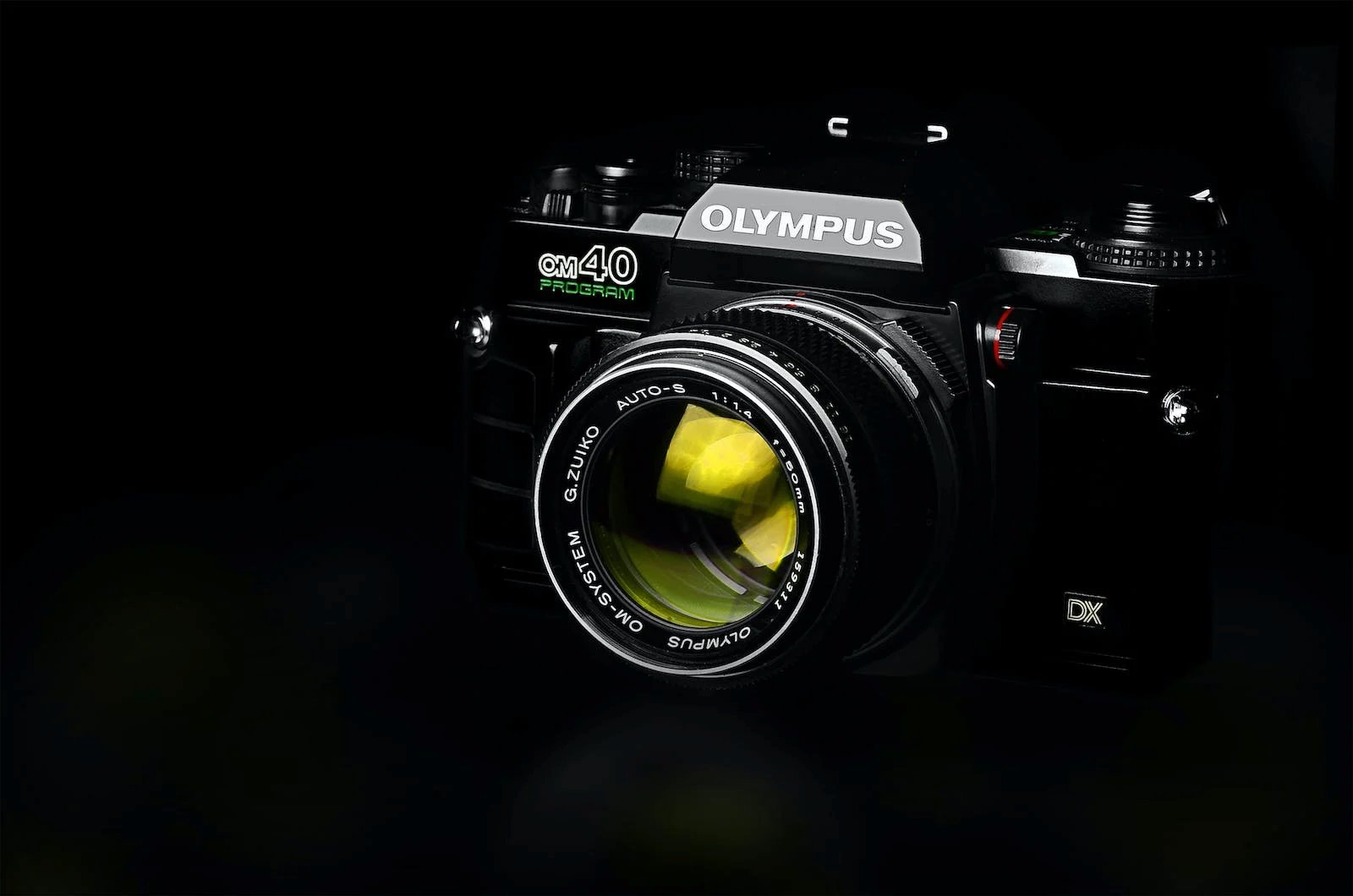




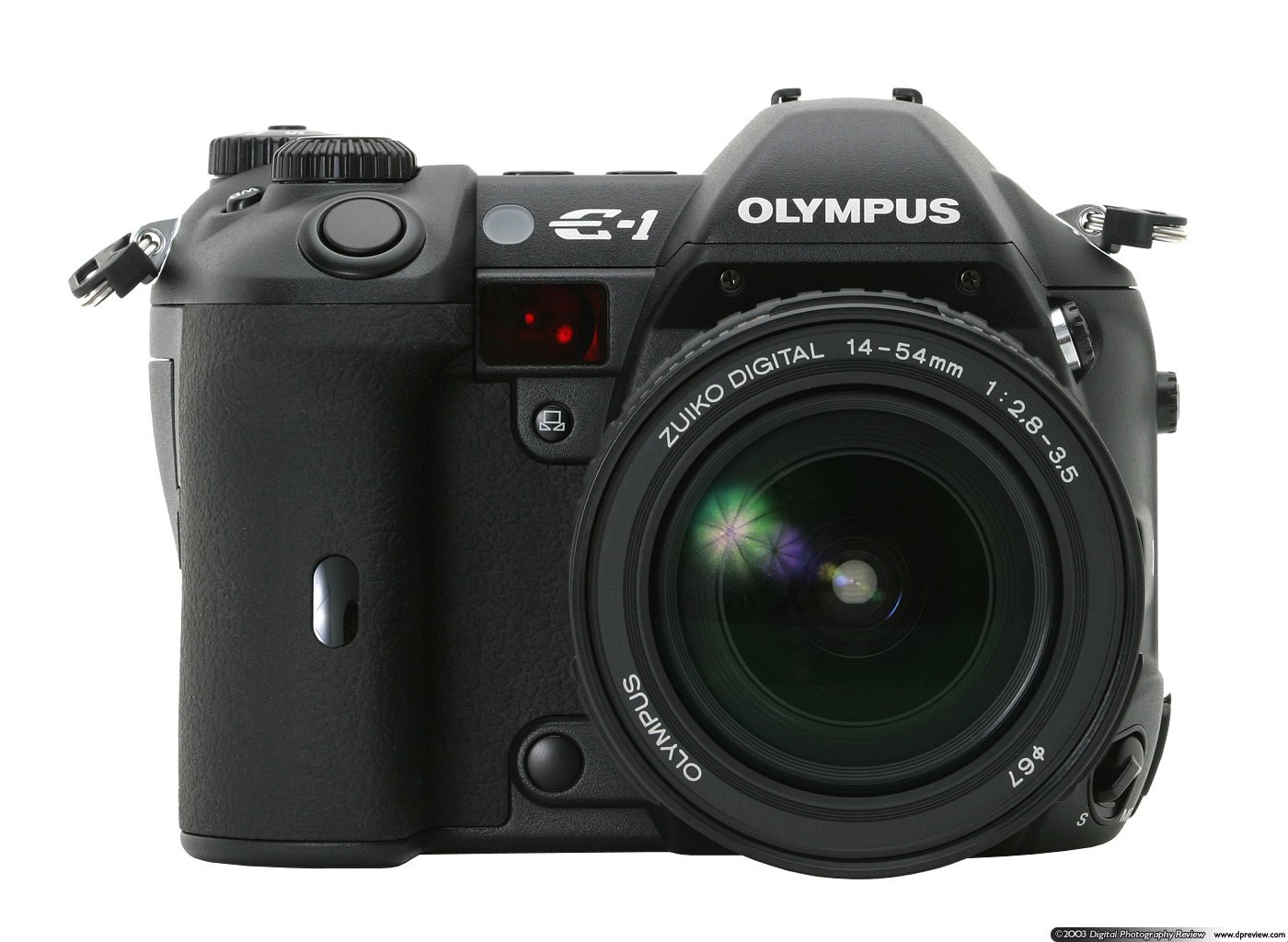








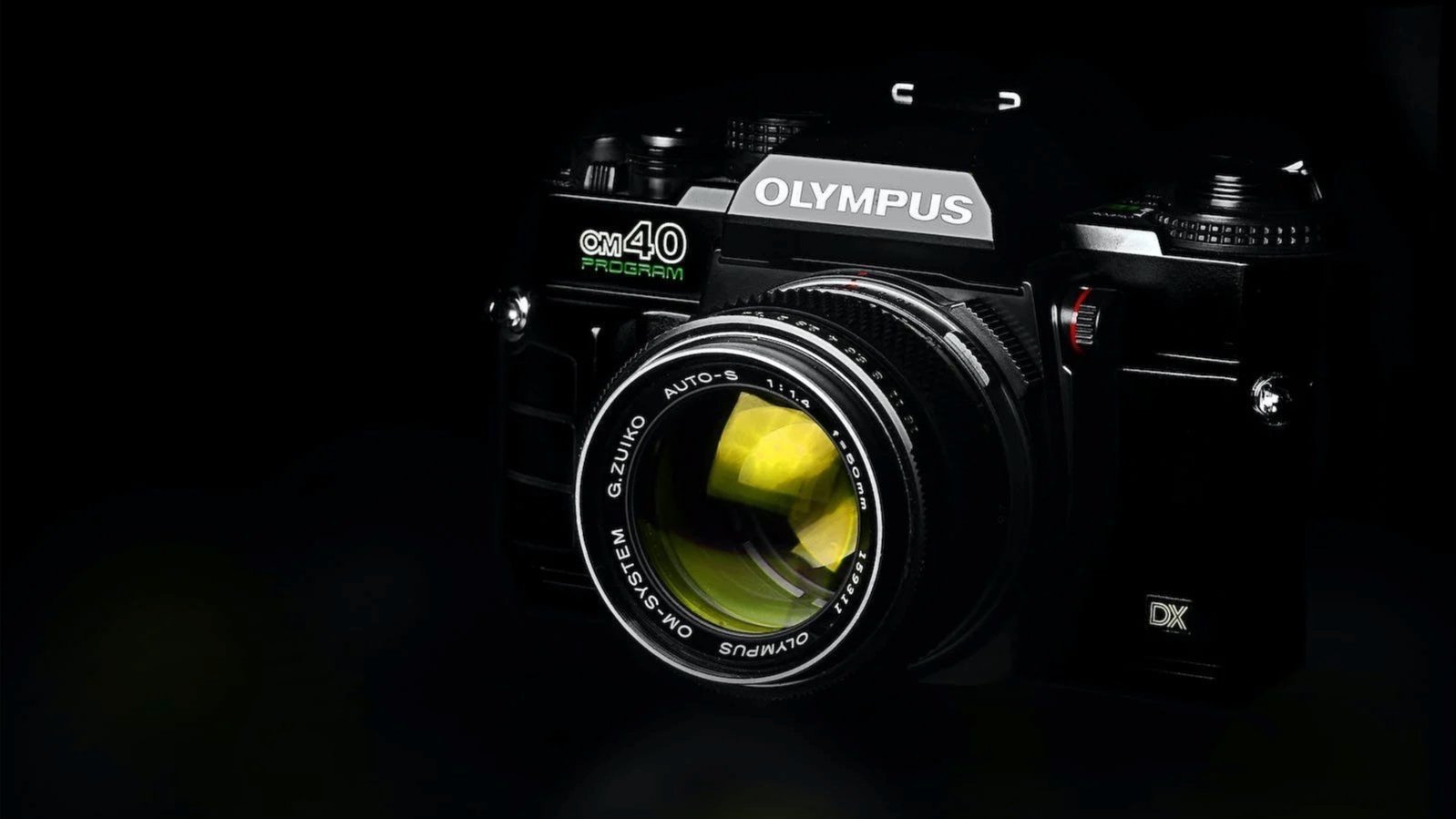
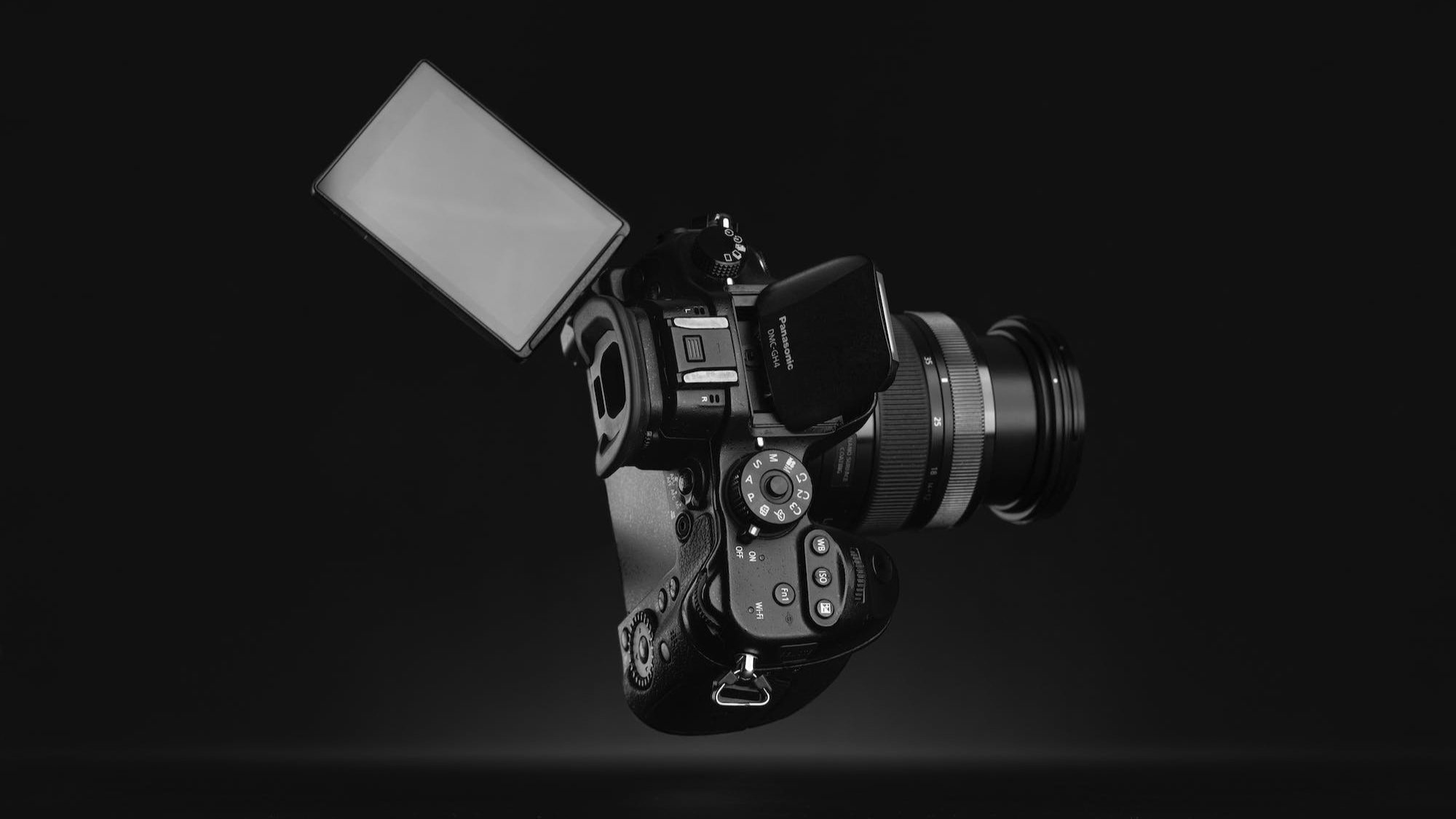




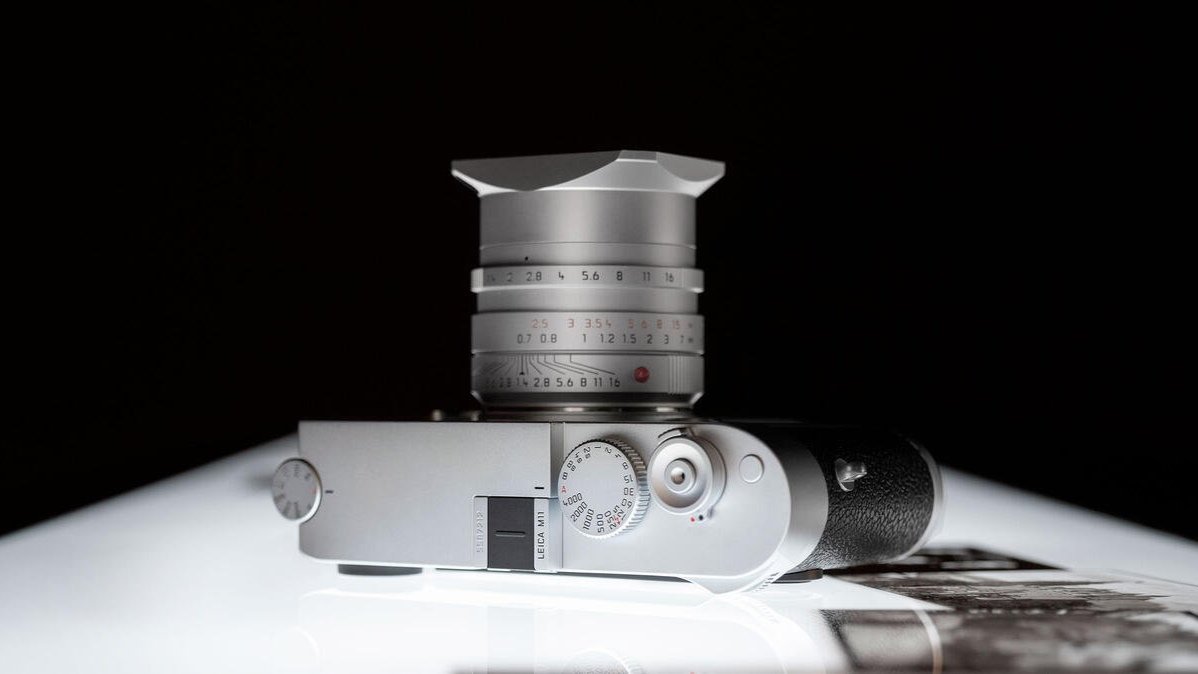
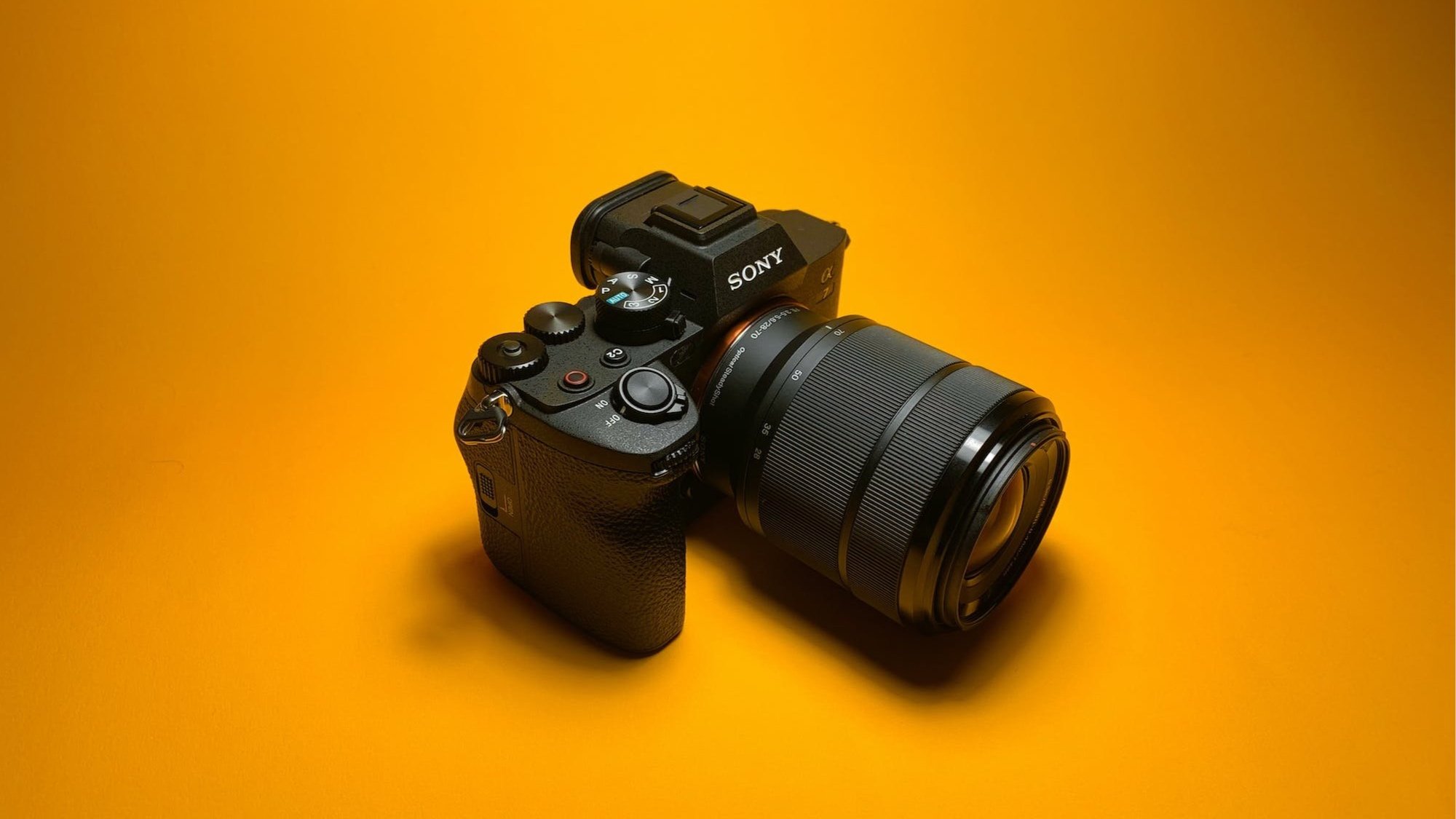

Lomography, a term and a movement that resonates deeply in the world of photography, represents more than just a style or a technique—it signifies a philosophy, a way of seeing and capturing the world. Rooted in a spirit of spontaneity, experimentation, and a celebration of imperfection, Lomography encourages …